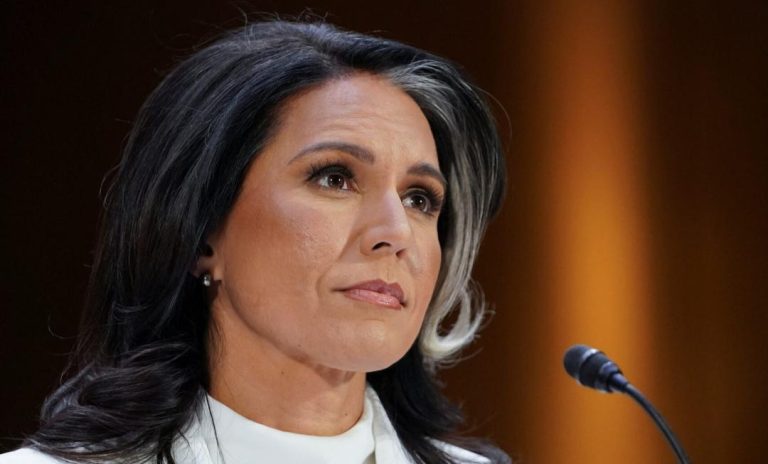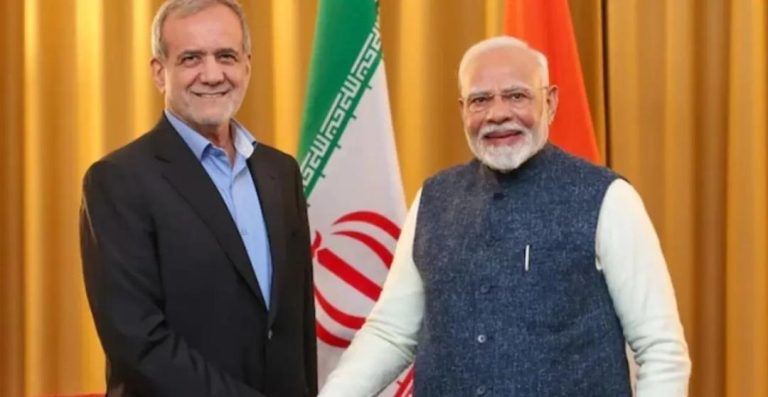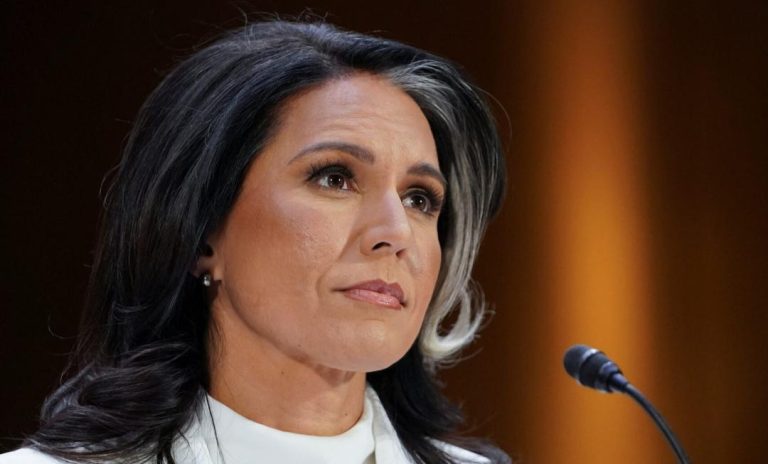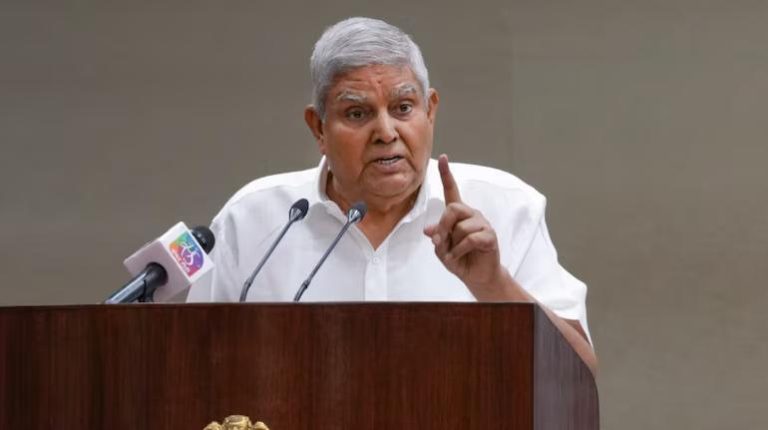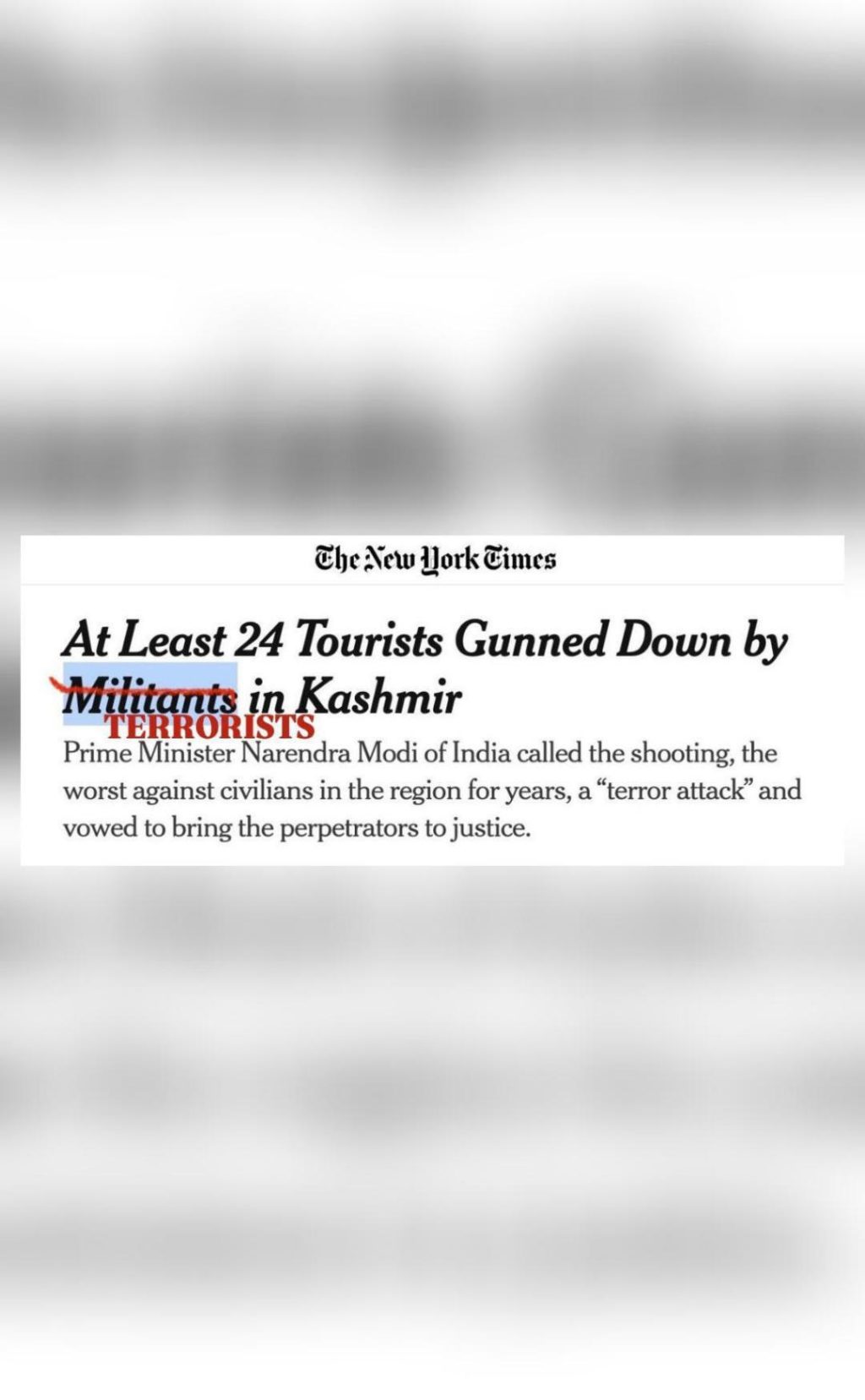
Hey NYT, fixed it for you: US committee after news portal calls J&K terrorists ‘militants’
The New York Times (NYT) is renowned for its in-depth reporting and objective journalism. However, in a recent incident, the publication found itself at the receiving end of criticism from the US House Committee on Foreign Affairs. The committee took issue with the NYT’s description of terrorists behind an attack in Jammu and Kashmir’s (J&K) Pahalgam as “militants”.
The controversy began when the NYT published an article about the attack, which resulted in the killing of three people. The article referred to the perpetrators as “militants”, prompting the US House Committee on Foreign Affairs to share a screenshot of the article on Twitter. The committee’s tweet read: “Hey NYT, we fixed it for you…This was a TERRORIST ATTACK plain and simple…Whether it’s India or Israel, when it comes to TERRORISM, NYT is removed from reality.”
The tweet included a screenshot of the NYT article with the word “militant” highlighted in red, accompanied by a caption that read: “TERRORIST ATTACK”. The committee’s intention was clear – to point out the NYT’s perceived lack of accuracy in describing the attack.
The tweet quickly went viral, with many users expressing their support for the committee’s stance. Several users praised the committee for calling out the NYT’s ” PC” language, suggesting that the publication was more concerned with being polite than with telling the truth. Others questioned the NYT’s motives, wondering why the publication chose to use the term “militant” instead of “terrorist”.
However, not everyone was convinced by the committee’s argument. Some users criticized the committee for being overly sensitive and for trying to dictate the language that the NYT uses. Others pointed out that the term “militant” is often used to describe groups that are fighting against an occupying power, and that the NYT was simply reporting the facts.
Despite the controversy, the NYT has maintained that its use of the term “militant” was accurate and that the committee’s criticism was unfair. In a statement, the publication said: “The New York Times uses the term ‘militant’ to describe individuals or groups that are involved in armed conflict, often in the context of political or ideological conflicts. This term is not meant to be pejorative, but rather to describe the actions and motivations of these individuals or groups.”
The debate surrounding the use of the term “militant” versus “terrorist” is not new. Both terms have been used to describe groups that engage in violent acts, but they have different connotations and implications. The term “terrorist” is often used to describe groups that engage in acts of violence or intimidation for political or ideological reasons, and it is often associated with negative connotations.
On the other hand, the term “militant” is often used to describe groups that are fighting against an occupying power or an oppressive regime, and it is often associated with positive connotations. However, the term “militant” can also be used to describe groups that engage in violent acts, and it is often used in a way that is neutral or descriptive rather than pejorative.
In conclusion, the controversy surrounding the NYT’s use of the term “militant” highlights the complexities of language and the importance of accuracy in reporting. While the US House Committee on Foreign Affairs may have intended to criticize the NYT for its perceived lack of accuracy, the publication’s use of the term “militant” was accurate and descriptive.
The debate surrounding the use of the term “militant” versus “terrorist” is ongoing, and it will likely continue to be a topic of discussion in the years to come. However, it is clear that the use of language is a critical aspect of reporting, and that accuracy and clarity are essential in conveying the facts to the public.
News Source:
https://x.com/HouseForeignGOP/status/1914843415793095043
